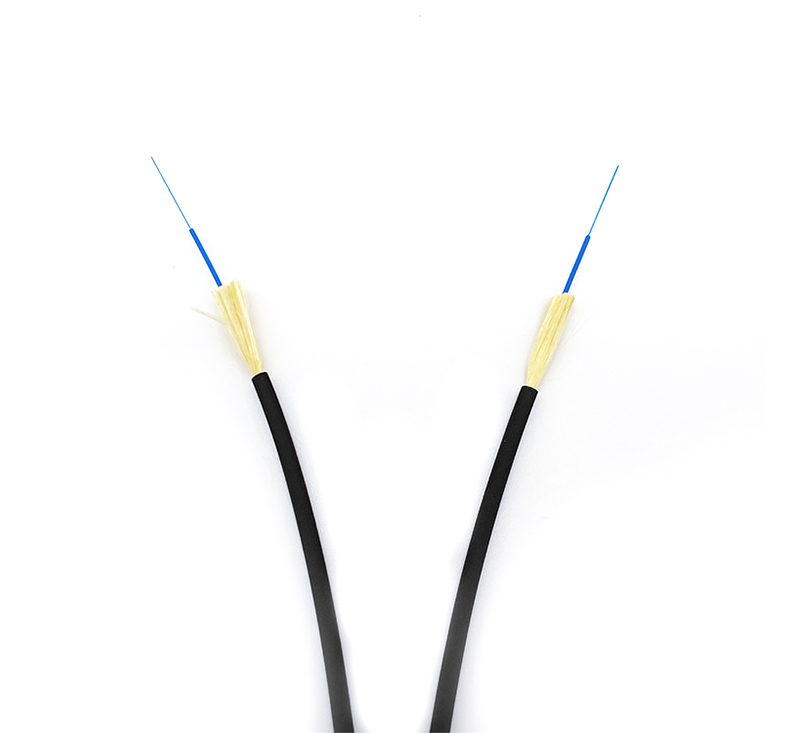Copper (aluminum) core flame retardant PVC insulated (armoured) PVC sheathed wire and cable
What is the difference between copper for cables?
Copper rod is the main raw material of the cable industry, and there are two main production methods - continuous casting and rolling method and upward continuous casting method. Due to the different processes for producing copper rods, the oxygen content and appearance of the copper rods produced are different. The copper rod produced by the above cited process has a proper oxygen content below 10ppm, which is called an oxygen-free copper rod;

Process disadvantages:
The electrolytic copper is melted while being added, and the molten copper water has no conditions for full reduction. The entire melting process and the process of copper water production cannot be isolated from oxygen, so the oxygen content is very high. The molten copper fuel is generally gas. During the combustion process of the gas, it will directly affect the chemical composition of the copper liquid, and the influences include sulfur and hydrogen.
Process advantages:
(1) The output is high. Generally, the output of small units can reach 10 to 14 tons per hour.
(2) The copper rod unloading adopts the plum blossom type, which is convenient for the wire drawing machine to pay off the wire.
(3) The take-up weight is large, generally up to 4 tons per reel.
Low oxygen copper rod grades and characteristics:
There are three grades of low-oxygen copper rods, T1, T2, T3. The low-oxygen copper rods are all hot-rolled, so they are soft rods, codenamed R.
(1) T1: Use high-purity electrolytic copper as raw material (with copper content greater than 99.9975%) to produce low-oxygen copper rods.
(2) T2: Use 1# electrolytic copper as raw material (with copper content greater than 99.95%) to produce low-oxygen copper rods.
(3) T3: Use 2# electrolytic copper as raw material (with copper content greater than 99.90%) to produce low-oxygen copper rods. Because there are few high-purity electrolytic copper and 2# electrolytic copper in the market, generally 1# electrolytic copper is used as raw material, so the general grade of low-oxygen copper rod is: T2R.










